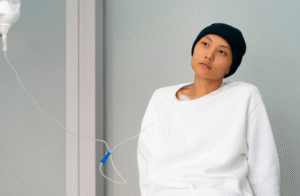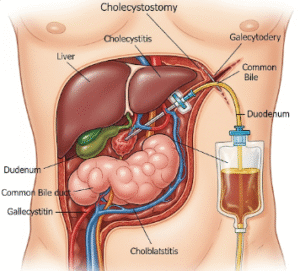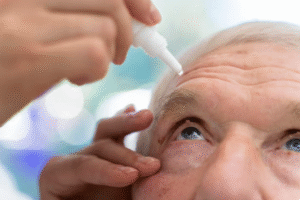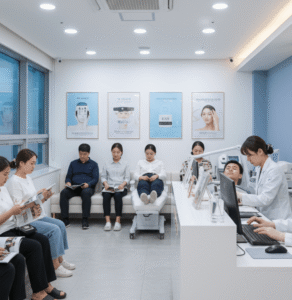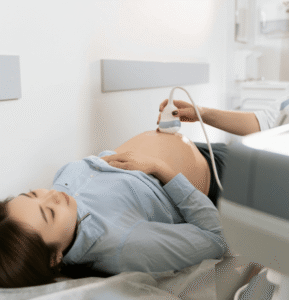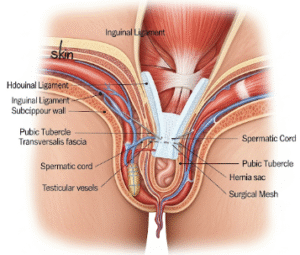What It Is
A beard transplant is a surgical procedure that restores or enhances facial hair in areas such as the cheeks, chin, mustache, or jawline. Using the FUE (Follicular Unit Extraction) technique, hair follicles are harvested from the donor area (usually the back of the scalp) and transplanted into the beard region.
In Korea, beard transplants are performed with advanced microsurgical tools and high-density placement techniques to ensure natural-looking results. Korean clinics are renowned for their precision in hairline and beard design, creating masculine and well-balanced aesthetics tailored to each patient’s facial structure.
Why It’s Done
Cosmetic Purposes:
- Creates a fuller beard, mustache, or goatee for patients with sparse or patchy facial hair
- Defines jawline and facial contours with thicker hair growth
- Helps achieve a more masculine or stylish appearance
Corrective Purposes:
- Restores facial hair lost due to scars, burns, trauma, or prior surgery
- Corrects congenital absence of beard hair in some individuals
Patient Considerations:
- Common among men in their 20s–50s seeking permanent beard density
- Suitable for healthy individuals with adequate donor hair
- Popular among international patients seeking natural outcomes with minimal scarring
Alternatives
- Topical Treatments (Minoxidil): May stimulate limited facial hair growth but effects are inconsistent
- Hair Fibers or Cosmetic Camouflage: Temporary coverage of patchy beards
- Prosthetic Beards or Makeup: Used in specific cultural or performance settings, not permanent
Preparation
Before a beard transplant in Korea, patients undergo:
- Consultation: Beard design planning (cheek, mustache, chin, or full beard layout)
- Donor Site Evaluation: Back of the scalp typically used for follicle harvesting
- Health Screening: Basic blood tests and medical review
- Pre-Surgery Instructions: Avoid smoking, alcohol, and blood-thinning medications before surgery
- Hair Preparation: Donor area may need trimming for efficient extraction
How It’s Done
Type: Minimally invasive surgical procedure
Duration: 4–8 hours depending on graft numbers
Procedure Steps:
- Local anesthesia applied to donor and recipient areas
- Follicles extracted individually from donor scalp using fine punch tools
- Recipient sites created in the beard area at precise angles for natural direction of growth
- Follicles transplanted one by one to fill in beard, mustache, or sideburn regions
- Final design checked for density, symmetry, and natural blending
Hospitalization: Outpatient procedure; patients go home the same day
Recovery
- First Few Days: Redness, swelling, and small scabs in transplanted area
- Activity: Patients return to normal activities in 2–3 days; avoid shaving for 1–2 weeks
- Shedding Phase: Transplanted hairs fall out within 2–4 weeks (normal process)
- New Growth: Begins after 3–4 months, gradually filling in patchy areas
- Final Results: Achieved within 9–12 months, providing permanent, natural facial hair
Possible Complications
- Temporary redness, swelling, or itching
- Folliculitis (minor infection of transplanted follicles)
- Uneven growth requiring touch-up procedures
- Tiny dot scars in donor area (nearly invisible with short hair)
- Shock loss of nearby native hair (temporary)
Treatment Options in Korea
Diagnosis
Korean clinics emphasize thorough planning with:
- Facial Hair Mapping for symmetry and density design
- Donor Hair Analysis for texture and curl compatibility
- 3D Imaging Tools (in some clinics) for previewing final results
Medical Treatments
For patients not ready for transplant:
- Minoxidil or topical growth serums for mild beard thinning
- Cosmetic fillers or micropigmentation for density illusion
Surgical or Advanced Therapies
- Standard FUE Beard Transplant: Manual or motorized extraction with precision placement
- Dense Packing Technique: For thick, bold beard styles
- Scar Revision + Transplant: Combines scar repair with follicle implantation
- Hybrid Approaches: Beard transplant with PRP therapy to enhance graft survival
Rehabilitation and Support
- Post-procedure follow-ups to assess graft survival and healing
- Specialized scalp and beard care products recommended by clinics
- International patient services: multilingual coordinators, travel assistance, and recovery support


